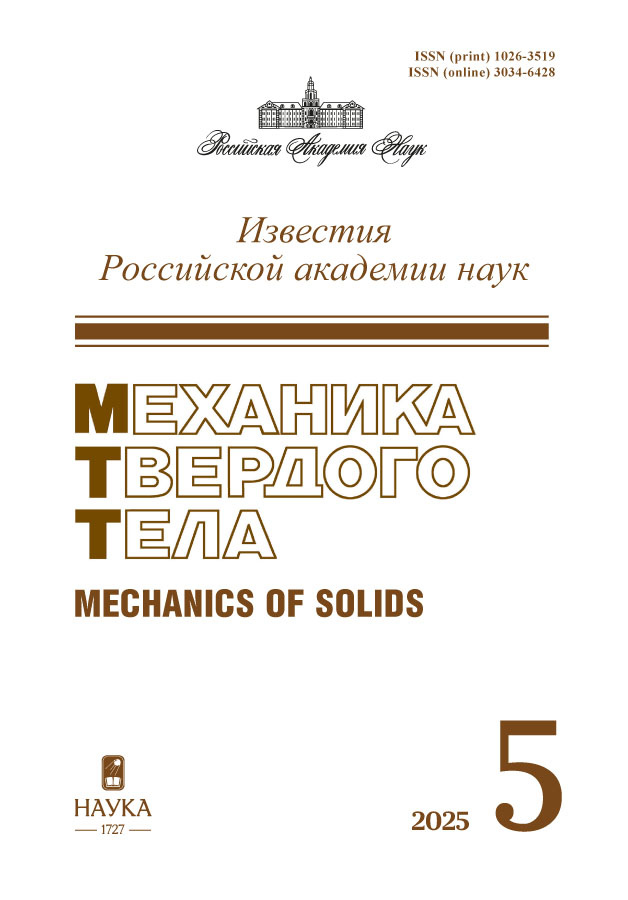Вероятностные соотношения для ресурсных режимов нагружения при транспортировке
- Авторы: Бондаренко А.Ю.1, Лиходед А.И.1, Титов В.А.1, Фунтиков С.П.2, Шилин А.Н.2
-
Учреждения:
- Центральный научно-исследовательский институт машиностроения
- Ракетно-космический центр “Прогресс”
- Выпуск: № 2 (2024)
- Страницы: 233-243
- Раздел: Статьи
- URL: https://ter-arkhiv.ru/1026-3519/article/view/673093
- DOI: https://doi.org/10.31857/S1026351924020108
- EDN: https://elibrary.ru/uvzimc
- ID: 673093
Цитировать
Полный текст
Аннотация
Существует ряд случаев эксплуатаций конструкций, в которых внешние воздействия носят случайный колебательный характер. Это в первую очередь транспортировочные случаи – железнодорожная и автомобильная транспортировки.
Поэтому при формировании режимов нагружения для оценки ресурсной прочности конструкций в этих случаях используется вероятностно-статистический подход. Представлены основные принципы такого подхода при формировании спектров циклического нагружения для отработки и анализа ресурсной прочности изделий. Проведена оценка уровней циклического нагружения, и сформированы предложения по использованию разработанного подхода при оценке ресурсной прочности конструкций.
Полный текст
Об авторах
А. Ю. Бондаренко
Центральный научно-исследовательский институт машиностроения
Автор, ответственный за переписку.
Email: andrei.bondarenko@phystech.edu
Россия, г.о. Королёв
А. И. Лиходед
Центральный научно-исследовательский институт машиностроения
Email: likhoded@tsniimash.ru
Россия, г.о. Королёв
В. А. Титов
Центральный научно-исследовательский институт машиностроения
Email: andrei.bondarenko@phystech.edu
Россия, г.о. Королёв
С. П. Фунтиков
Ракетно-космический центр “Прогресс”
Email: andrei.bondarenko@phystech.edu
Россия, г. Самара
А. Н. Шилин
Ракетно-космический центр “Прогресс”
Email: andrei.bondarenko@phystech.edu
Россия, г. Самара
Список литературы
- Болотин В.В. Случайные колебания упругих систем. М.: Наука, 1979. 336 с.
- Гладкий В.Ф. Прочность, вибрация и надежность конструкции летательного аппарата. М.: Наука, 1975. 454 с.
- Мыльников В.В., Кондрашкин О.Б., Шетулов Д.Б. Циклическая прочность и долговечность конструкционных материалов: монография. Нижегор. гос. архитектур.-строит. ун-т Н. Новгород: ННГАСУ, 2018. 177 с.
- Воробьев А.З., Олькин Б.И. Сопротивление усталости элементов конструкций. М.: Машиностроение, 1999. 240 с.
Дополнительные файлы












